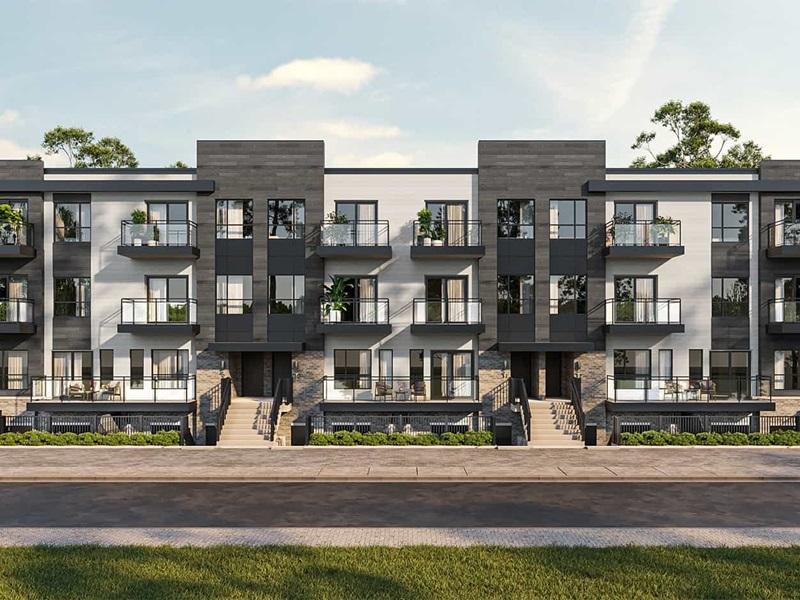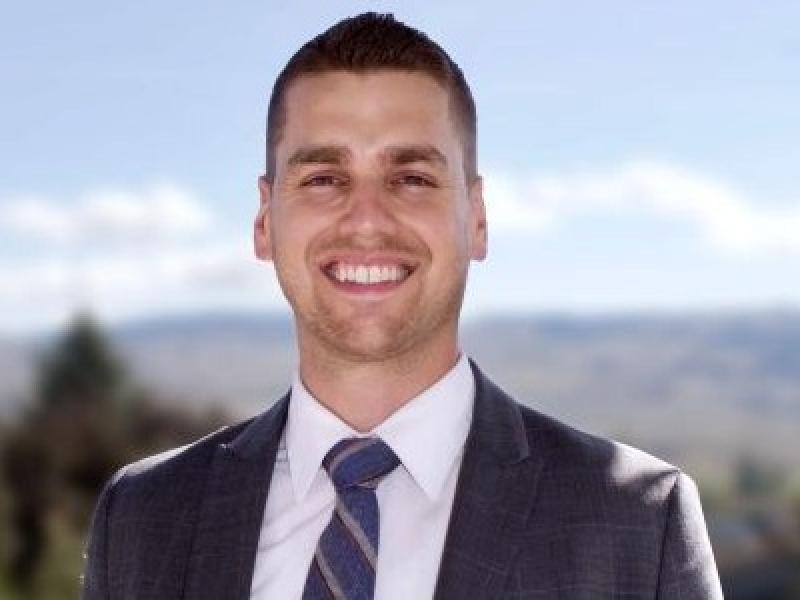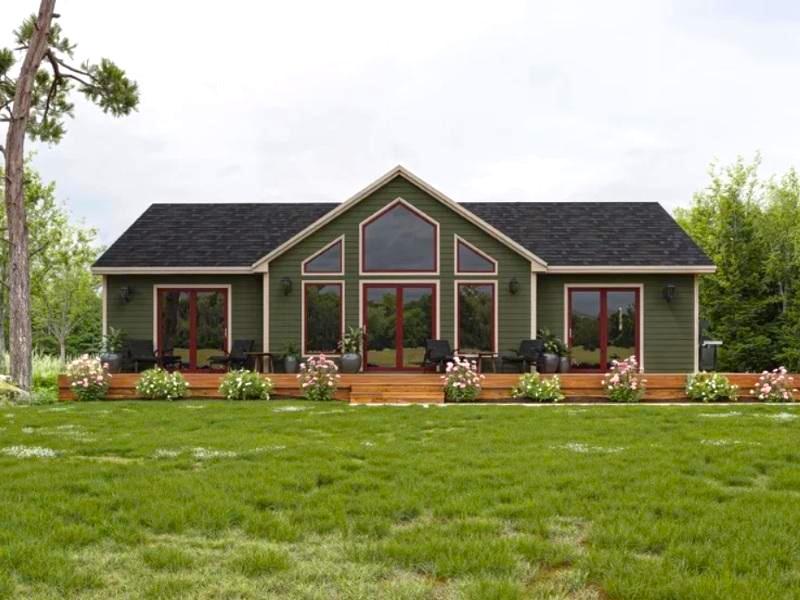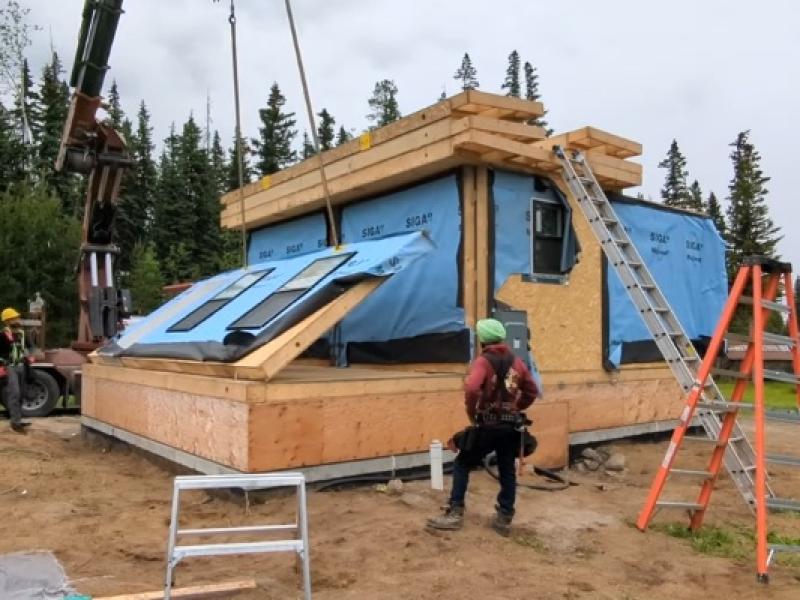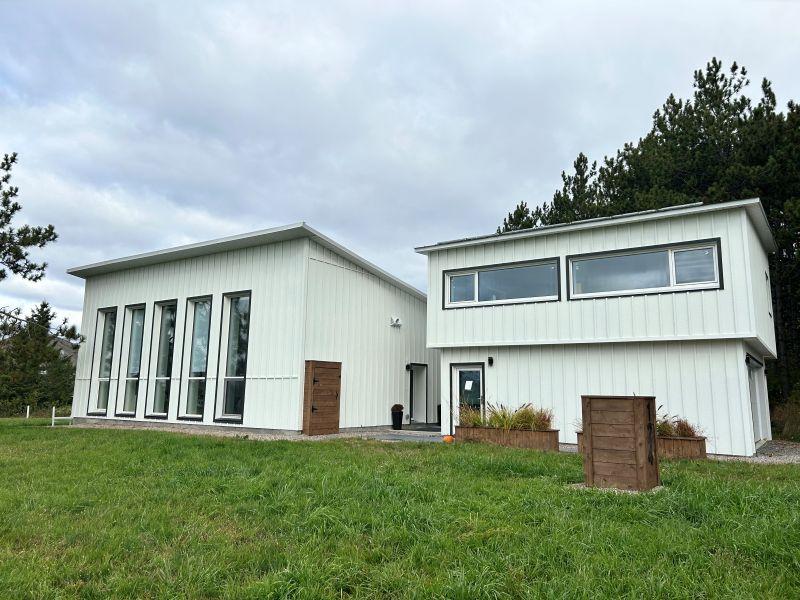
In Canada's increasingly competitive prefab housing industry, Ottawa-based EkoBuilt believes it stands out due to its emphasis on energy-efficient, affordable envelopes that can be delivered anywhere in the country or the U.S.
Founded in 2004 to build healthy, sustainable homes, EkoBuilt focuses its home shells on meeting Passive House standards. The internationally recognized principles are designed to reducing a building’s carbon emissions through air tightness, insulation and the utilization of a high-efficiency heat recovery ventilation system.
EkoBuilt today operates as a prefab home builder, designer and consultant, but its origins are in building primarily timber-frame homes. That changed in 2016, when the company felt the moment was right for affordable prefab Passive House homes. After a pilot project showed the viability of transition, EkoBuilt began concentrating on this type of construction in 2017.
“No other builder, we’re pretty confident, is similar to us in the fact that we advertise weather-tight shells – Passive House building envelope packages – including delivery anywhere in North America with advertised pricing,” Paul Kealey, founder and president of EkoBuilt, said in an interview with RENX Homes.
The panelized products it produces from a 10,000-square-foot Ottawa factory range from small accessory dwelling units covering a few hundred square feet, to large single-family homes, and an approximately 100,000-square-foot multifamily building - its largest project to date.
Amid rising demand for its homes - enough to require a second factory in Ottawa - Kealey also envisions prefab homes that offer climate resiliency. With larger wildfires raging across Canada, EkoBuilt homes are highly adaptable to such conditions, he said.
EkoBuilt's kits
Clients can choose between dozens of premade designs, but EkoBuilt mostly provides custom builds, Kealey said. His goal is to have the most affordable Passive House home package, so anyone with a reasonable budget can build within their system.
“To maximize affordable options for everyone, all customers should be able to do whatever they want to the home outside of their Passive House shell envelope,” Kealey said.
The company’s prefab home kits are constructed in shippable parts comprising all the materials needed to achieve the Passive House standard. Exterior wall panels, the roof, windows, doors, structure for interior floor systems and interior partitions are included. The package will get a project to the frame stage, Kealey said.
The envelopes are manufactured and assembled from its Ottawa factory that can produce approximately 120 homes per year with the labour of around 40 workers.
Once finished, the envelope kit is typically delivered on flatbed trailers to its customer. In cases where the customer is very distant, it can also be shipped via rail.
Once the shell is on site and set on the foundation, it can be assembled in one to two weeks, depending on the size, Kealey explained. The rest of the work is rather conventional – air testing, then tradesworkers such as plumbers and electricians do their part, and interior finishes are completed.
Climate resiliency is EkoBuilt's edge
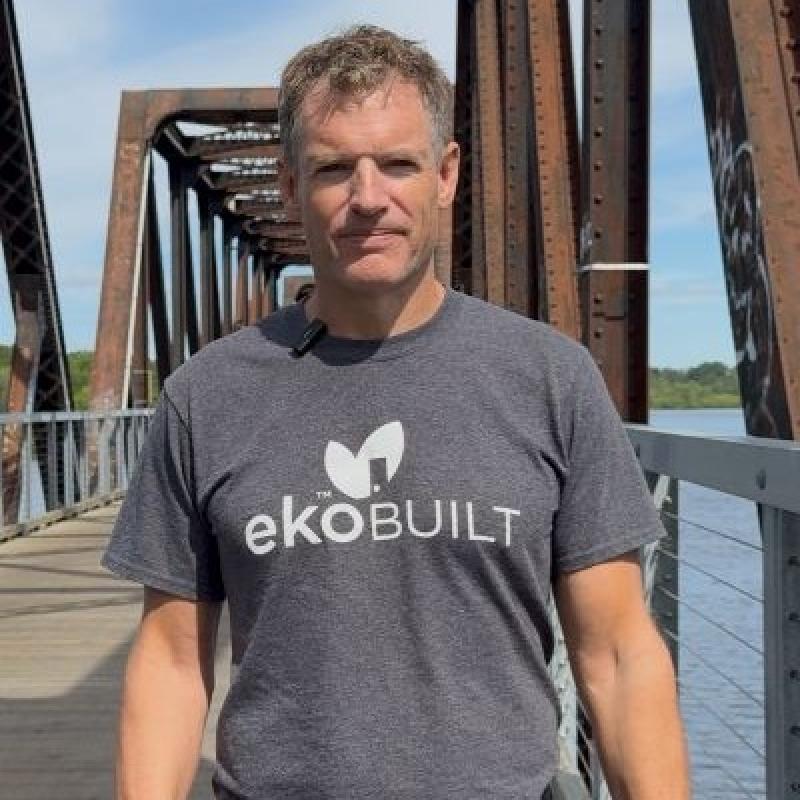
Being built to Passive House standards confers significant advantages, Kealey said. Building according to its principles means using up to 90 per cent less energy for heating and cooling, saving on energy costs. Sustainable homes become more financially viable as as result, he added.
“Energy never gets cheaper, it always gets more expensive,” Kealey said. “Passive House compounds savings that no conventional home is going to have moving forward, so it arguably can be considered the world’s cheapest homes.”
The air tightness and filtration systems improve health and comfort inside the home, a particularly valuable attribute with the upswing in summer wildfires across Canada which have led to serious air quality concerns.
EkoBuilt preparing for second factory
EkoBuilt offers a diverse catalogue: secondary housing units, single-family and multifamily homes, and even larger mixed-use buildings.
The company has seen most demand for its multifamily products including duplexes, townhomes and multi-storey buildings. One example is a development in Perth, Ont., about an hour west of Ottawa, where it is offering six townhomes for sale.
It has sold over 2,000 homes in North America, Kealey said, with customers being mainly homeowners and small builders. EkoBuilt has sold homes destined for every Canadian province except Saskatchewan and Newfoundland and Labrador, and every U.S. state but Hawaii, he added.
The U.S. market is its largest to date, with EkoBuilt selling approximately three fourths of its homes in the country. There have been more generous incentives to build energy-efficient homes in the U.S. and building codes in some states are updating at a quicker pace compared to Canada’s provinces, Kealey said.
Canada “seem(s) to still be stuck in the past. We’re not moving forward quickly,” he said of building codes and home energy efficiency standards. “We’re talking the talk but not walking the walk at a government level, but in the States they’re doing both.”
He does remain optimistic the Canadian prefab homebuilding sector could get a boost from Prime Minister Mark Carney’s planned Build Canada Homes program, which is to provide $26 billion in funding to support the sector.
EkoBuilt is already seeing the demand escalate. A second factory in Ottawa that is effectively a twin of the first is expected to be operating this fall to fulfill its growth in orders.


